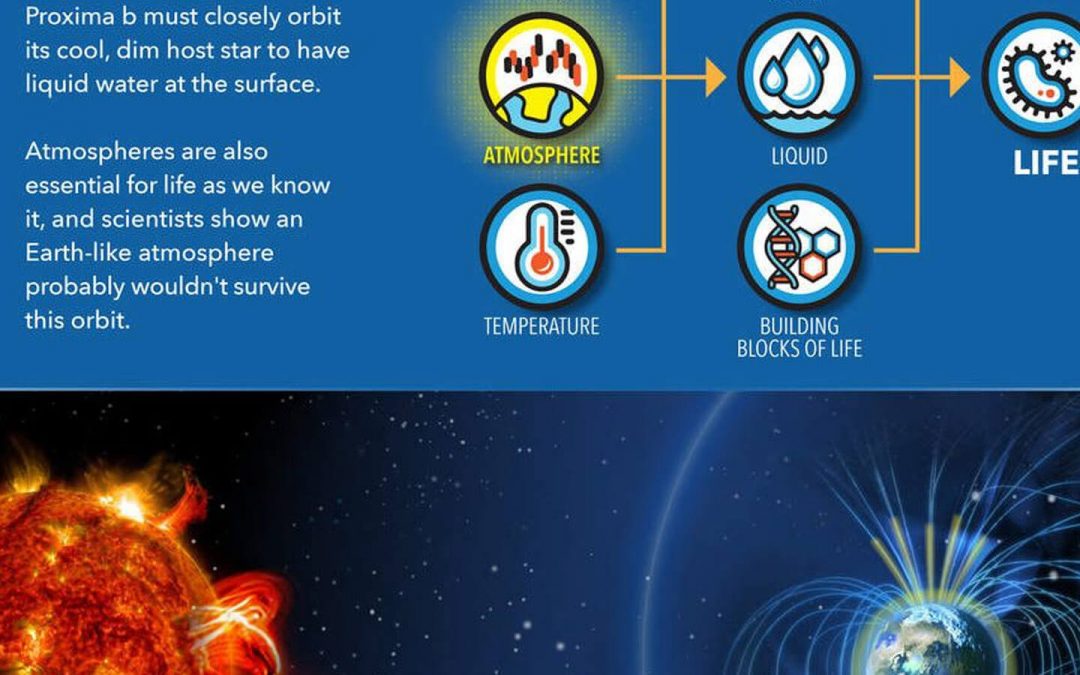Introduction:
The search for life or signatures of life on other planets has been a major scientific quest in recent years. The discovery of exoplanets in habitable zones has increased this prospect. According to John Greenwald: “Astronomers looking for signs have found that our Milky Way galaxy teems with exoplanets, some with conditions that could be right for extraterrestrial life. Such worlds orbit stars in so-called “habitable zones,” regions where planets could hold liquid water that is necessary for life as we know it.”[2] These new developments have generated a renewed interest in the search for water on exoplanets with the hope of solving the riddle of the origin of life. In the flush of anticipation, however, Fazael Rana and Hugh Ross correctly observe, “some may be tempted to overlook the fact that the presence of liquid water is only one of more than 150 different fine-tuned requirements necessary for the survival of life.”[3] So also, many overlooked the fact that the existence of an exoplanet in a possible habitable zone does not guarantee that it can sustain an atmosphere that retains water.
The New Research:
Despite the optimism by many scientists, two research papers published March 10[4] and September 14, 2017,[5] respectively seem to highlight a major challenge to life on exoplanets. These research results by a team of researchers led by Chuanfei Dong a space physicist of the U.S. Department of Energy’s (DOE) Princeton Plasma Physics Laboratory (PPPL) and Princeton University have resulted in dampened hopes about the presence of water on frequently cited possible habitable exoplanets.
Dong and his team of researchers utilized a sophisticated multi-species MHD model[6] originally developed for Venus and Mars to compute the ion escape losses from the newly discovered exoplanet, Proxima Centauri b (PCb) which orbits the nearest star to our solar system, some four light years away.[7] Their goal was first, to explore the ramifications arising from the loss of water ions, especially for planets orbiting M-dwarfs where such effects are likely to be significant and determine whether the newly discovered exoplanet, PCb, is capable of retaining an atmosphere over long periods of time. Second, they set out to determine how long oceans could survive on “water worlds”–planets thought to have seas that could be hundreds of miles deep.[8]
Dong and his team focused on the impact of stellar wind as against the traditional surface temperature of the habitable zone. This is because they observed that the climate models tell only part of the story, but the stellar wind can significantly contribute to the long-term erosion and atmospheric loss of many exoplanets. Their results show “that the stellar wind — the constant outpouring of charged particles that sweep out into space — could severely deplete the atmosphere of such planets over hundreds of millions of years, rendering them unable to host surface-based life as we know it.”[9] Also, that the dehydration of water worlds could have been induced by space weather events, where the ion escape rates can reach ~1028 s−1, thereby accelerating the depletion of the exoplanet’s atmosphere. This result is collaborated by NASA in another research (https://www.nasa.gov/feature/goddard/2017/an-earth-like-atmosphere-may-not-survive-proxima-b-s-orbit)
Implications:
These results call for further research given that the researchers also noted that “predicting the habitability of planets located light years from Earth is of course filled with uncertainties.”[10] They hope that future missions like the James Webb Space Telescope, would “be essential for getting more information on stellar winds and exoplanet atmospheres, thereby paving the way for more accurate estimations of stellar-wind induced atmospheric losses.”[10]Creationist would very well keep an eye on this research because the results may boost the creationist position. However, creationists must emphasize the fact that the results (either way) do not significantly impact the creationist model since the divine Creator would still be responsible for life on exoplanets if life is ever found on any of them.
Endnotes:
[1] Princeton Plasma Physics Laboratory. “Blowing in the stellar wind: Scientists reduce the chances of life on exoplanets in so-called habitable zones. Science Daily. www.sciencedaily.com/releases/2017/11/171130180031.htm. (Accessed December 10, 2017).
[2] John Greenwald, Blowing in the stellar wind: Scientists reduce the chances of life on exoplanets in so-called habitable zones, (NJ: Princeton Plasma Physics Laboratory, November 29, 2017). http://www.pppl.gov/news/2017/11/blowing-stellar-wind-scientists-reduce-chances-life-exoplanets-so-called-habitable. (Accessed December 10, 2017).
[3] Rana, Fazale and Hugh Ross, Origins of Life: Biblical and Evolutionary Models Face Off. (Colorado Springs: NavPress, 2004), 203.
[4] Chuanfei Dong et al, Is Proxima Centauri b Habitable? A Study of Atmospheric Loss (The Astrophysical Journal Letters 2017 ApJL 837 L26), http://iopscience.iop.org/article/10.3847/2041-8213/aa6438. (Accessed December 6, 2017).
[5] Chuanfei Dong et al, The Dehydration of Water Worlds via Atmospheric Losses (The Astrophysical Journal Letters 2017 ApJL 847 L4), http://iopscience.iop.org/article/10.3847/2041-8213/aa8a60. (Accessed December 6, 2017).
[6] Chuanfei Dong et al, Is Proxima Centauri b Habitable? A Study of Atmospheric Loss.
[7] Ibid.
[8] John Greenwald, http://www.pppl.gov/news/2017/11/blowing-stellar-wind-scientists-reduce-chances-life-exoplanets-so-called-habitable. (Accessed December 10, 2017).
[9] Ibid.
[10] Ibid.
[10] Ibid.

